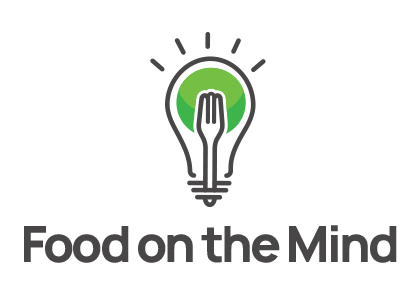An abundance model of nutrition
Fitness, in general, and specifically nutrition, has a long and muddy history of extremes. More workouts, harder sessions, more miles, bigger weights. Everything is more, more, more. Until it comes time to support those activities and we prescribe less food? What? Why do we push harder while depriving ourselves of that which allows us work and recovery? *enter cliched car analogy of your choice here
Now, we aren’t talking about some “starvation mode” malarkey being peddled by well-meaning but misguided fitpros. But we also need to be just as cautious of those that attack these same practitioners while prescribing ever shrinking caloric loads on top of a high volume of exercise. We hear them repeat “CICO” while only understanding half the equation at best and quote the law of thermodynamics when the only Newton they know is a cookie. Do they even make Fig Newtons any more? Idk. I’m old and make bad jokes.
While these “evidence based” trainers are also well meaning, they’ve only dug into enough evidence to confirm the simple story of “eat less move more”. They see their method result in weight loss but haven’t invested the time or energy to understand the downsides. The problem has never been the diet. The problem is what comes after.
Energy availability is an important aspect of everything we do. Many of us train like athletes, even when we are just a collection of tattoos and male pattern baldness being held together by duct tape and caffeine. When we train like an athlete without the genetics and recovery, things break down. Fast. Take away food and we have a recipe for disaster.
I’m all for driving more movement. More steps, more intensity in training, higher frequency of training and higher volumes as recovery allows. We want to build more resilient human beings and training is the cornerstone of that mission. However, in order for us to manage that kind of anti-fragility, we need to eat in accordance. Protein goals must be met and a caloric load commensurate with activity is necessary. If we can better drive movement through fueling we can start to attack the biggest failure of traditional diets, the recidivism.
On one hand we have a woman who has dieted down to 120lbs from 145 and is eating 1100 calories. She’s found that with her daily peloton rides she can maintain this weight. But after a weekend meal out with friends she gains 3lbs and now has relegated her life to staying home and living on egg whites and raw spinach. An obsession with turning food into numbers and a fear that she will never have a weekend where food isn’t a stressor.
On the other hand, we have a woman who also dieted down to 120 from 145 but never had to go below 1400 calories and is now up to 1800 calories per day with some training days pushing 2300. Her weight is neutral and is able to have days of higher and lower caloric intakes without drastic weight changes. She lifts heavy, trains for obstacle course runs with her friends, and moves a lot through daily steps.
Which of these women is more likely to succeed long term? Completely disregarding the potential disordered eating patterns that woman 1 is exhibiting, the strain on lifestyle alone is unsustainable. The ethics of a practitioner putting someone into that position are also quite questionable. Woman 2, however, is establishing a life that is both sustainable and manageable. That’s the goal.
We need to work harder to develop an abundance model of nutrition. Built upon the concepts of high flux and driven by sustainability, this abundance model is about lifestyle and movement. Is this for everyone? No. You’ll have to work. You’ll have to move. But guess what? You’ll also get to eat. And that sounds like a good tradeoff to me.

